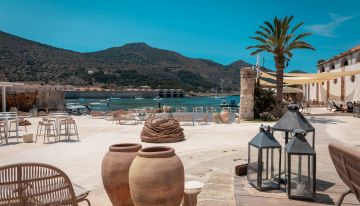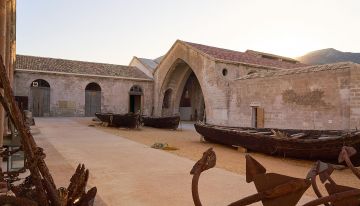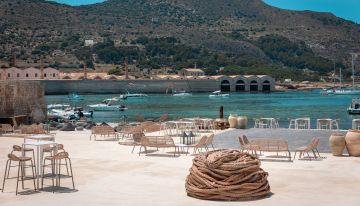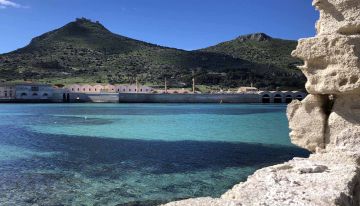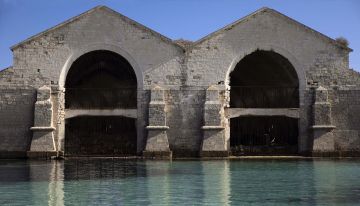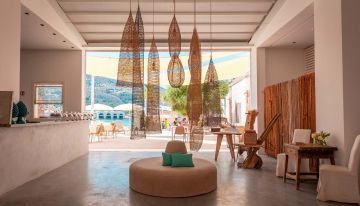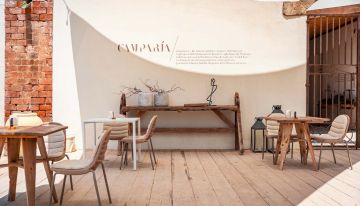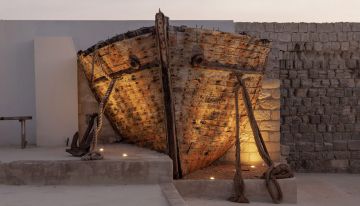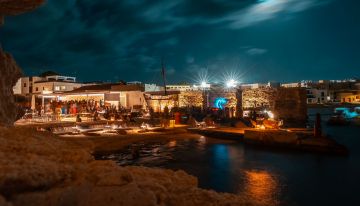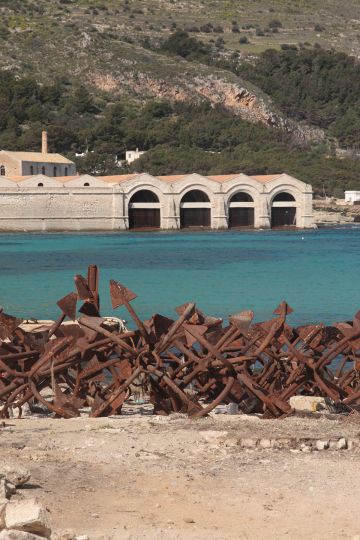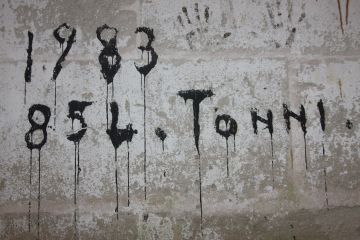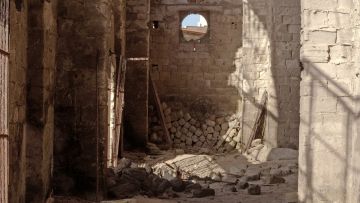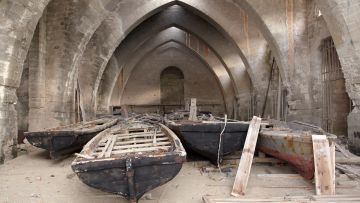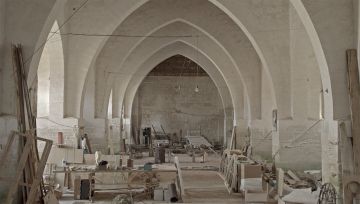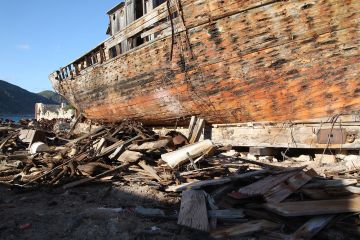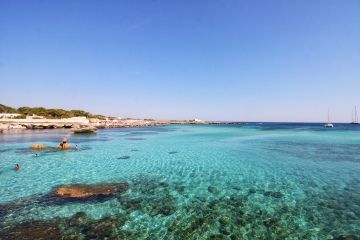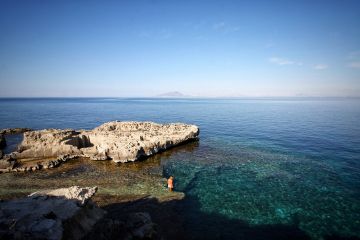Our History
Favignana's tonnara (tuna fishery) comes back to life thanks to an incredible architectural recovery and restoration project.
Camparìa was the beating heart of the Ancient Tonnara of Favignana. Remembered as 'The Tonnara of the Florios', who wanted it with its imposing buildings, almost like a cathedral overlooking the sea, it represented for decades, the major Mediterranean centre for bluefin tuna fishing through the ancient technique of the “mattanza” (slaughtering). It was a source of income and prosperity for the entire island, guaranteeing the local population continuous work in the construction and maintenance of equipment for tuna fishing.
Today, the Camparìa, after an abandonment of over fifty years, is a reborn place. It has come back to life thanks to an incredible work of architectural recovery and conservative restoration that has returned it to the decorum it deserves. Every space, every place, has returned to speak of the men who lived here, of traditions that tell of a fascinating and enchanting land.
Tradition and territory
Historical value
The buildings were built at the behest of the Florio family at the end of the 19th century, who had identified Favignana's crystal-clear waters as the most important passage of tuna in the entire Mediterranean. The premises and immense spaces of the Camparìa were dedicated to the construction and maintenance of nets, boats and everything needed for the “mattanza” (slaughtering). The kilometric nets for tuna fishing, the cables, the ancient “muciare” boats, all the tools and practices of the trade required large spaces, offered by the cyclopean structures of the Tonnara. The Tonnara Florio of Favignana in terms of its size and architecture today represents a rare example of late 19th century industrial architecture.

Origin of the name
The name of this place is enough to evoke a promise: Camparìa, meaning “to give a living” in Sicilian dialect. A simple name that perfectly expresses what this place has represented in the past for the inhabitants of Favignana.
The rebirth
Today, the Camparìa carefully guards this heritage, but reworks it in order to shape a sustainable proposal that looks to the present and the future. Here, every experience is enveloped in a refined and contemporary allure, which nevertheless carries high the origins and ancient knowledge of the place.
The project
The Camparìa has undergone a major restoration, aimed at highlighting its beauty without distorting its authenticity. The materials and forms of the buildings retain their intimate nature, indissolubly linked to a past that is proudly displayed. The ambition of contemporaneity is expressed in the recovery of a tradition to be preserved and disseminated.
Architecture and design
Designed by the architect Almeyda and built in the 1870s, the Baglio - Camparìa is a set of artefacts alternating with open spaces, once organized according to the activities associated with “mattanza” (slaughtering). Orthogonally to the Baglio are the Trizzane, two cyclopean structures facing the sea, which were used for the storage and construction of boats. The Camparìa and the Trizzane are connected by a further building consisting of three vast storage rooms, overlooking a large open space with a slipway for hauling boats out to sea. The added value of the recovery project by Studio Ruffino Associati and A&D furniture and design by Adriana Di Mariano and Donata Battiati of Palermo is very high, while the artistic vocation of the place is perfectly embodied in the creations of Enzo Rinaldi, who contributed to the important recovery of the materials found.
Historical value
The Camparìa requalification project stems from the idea of returning to Favignana an important piece of the island's architectural, anthropological and cultural heritage. In order to carry out the entire project, it was necessary to have the transversal intervention of professionals from the engineering, historical and artistic sectors, in order to develop a cutting-edge restoration project.
A conservative restoration
The intervention techniques involved the restoration and maintenance of the existing buildings. The project has a strong sustainable imprint, which is reflected in the structural recovery and respect for traditional building techniques.
Favignana Island
It is the main island of the Egadi archipelago and one of the symbolic places of Italy's landscape and cultural heritage. Favignana, the 'pearl' of the Egadi Islands, has been rediscovered especially in recent times. Today, it is one of the most popular destinations in Italy for visitors to Sicily: the maritime pine forests (remember the spontaneous growth of a few centuries-old specimens right on the borders of Camparìa), the snowy beaches and the sparkling sea constitute a setting without equal.
In addition to these beautiful landscapes, Favignana boasts an ancient and fascinating history. Because of its strategic position, it was the scene of several crucial battles throughout history: by way of example, we can recall the final clash between the Romans and Carthaginians in the First Punic War, after which Sicily was annexed to Rome.
But it was during the commercial hegemony of the Florios that Favignana achieved its fame, becoming a symbolic place of the economic empire and fortunes of the famous family at the end of the 19th century. Far-sighted and visionary, Vincenzo Florio chose Favignana to establish the territorial base of his hegemony, with a series of buildings of which the Camparìa was the spearhead.
Through its architecture, Camparìa also speaks to us contemporaries of its ancient splendor, of that teeming industriousness and of the events that for decades saw it as a protagonist. The structure of the property and the restoration work carried out make it possible to return important aggregative and cultural spaces to the community. The possibility of living different experiences in a single complex, from the purchase of typical products in the shop to the pleasure of an aperitif in the suggestive Lounge by the sea, gives Camparìa the character of authenticity and exclusivity that makes it a unique case on a national and international level. Camparìa is projected into the future, shedding new light on the entire island, ready to once again play its role as a catalyst for inspirations, arts, crafts and movements on Sicilian soil and beyond.
